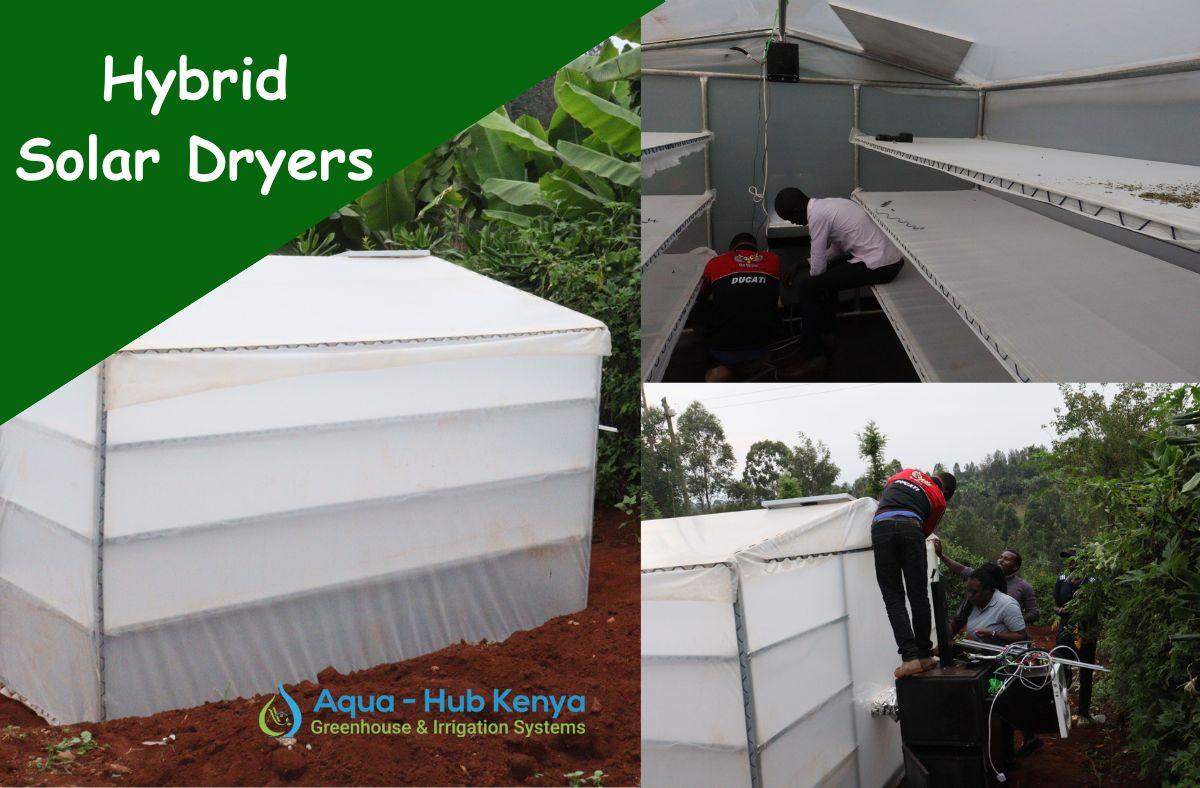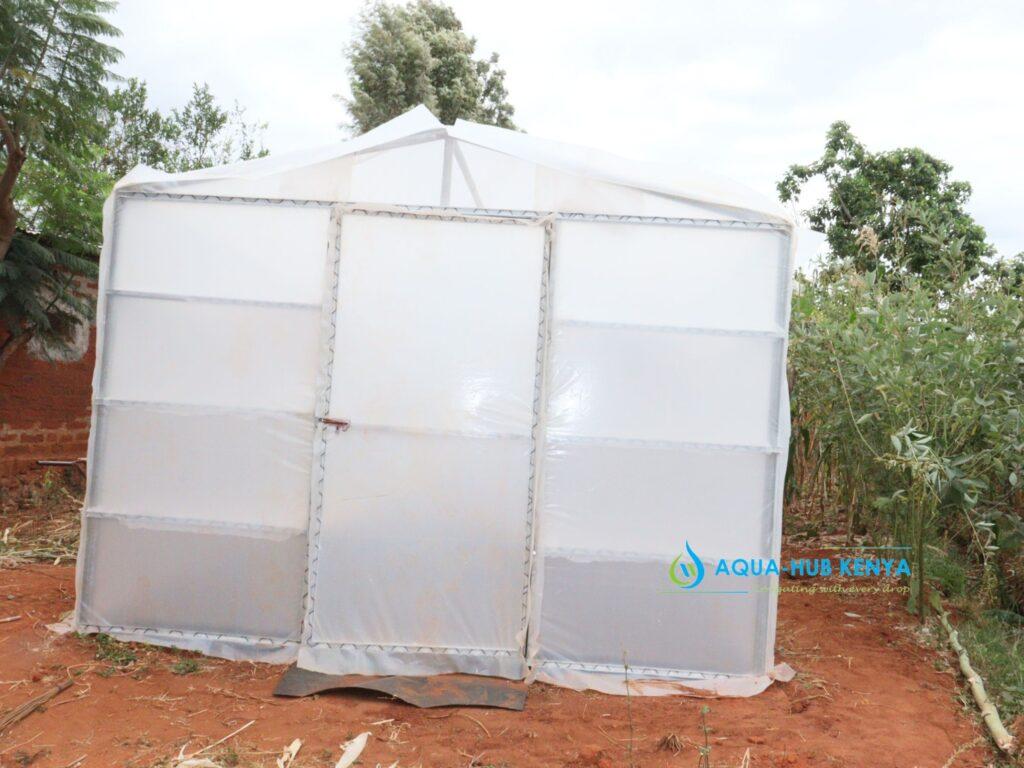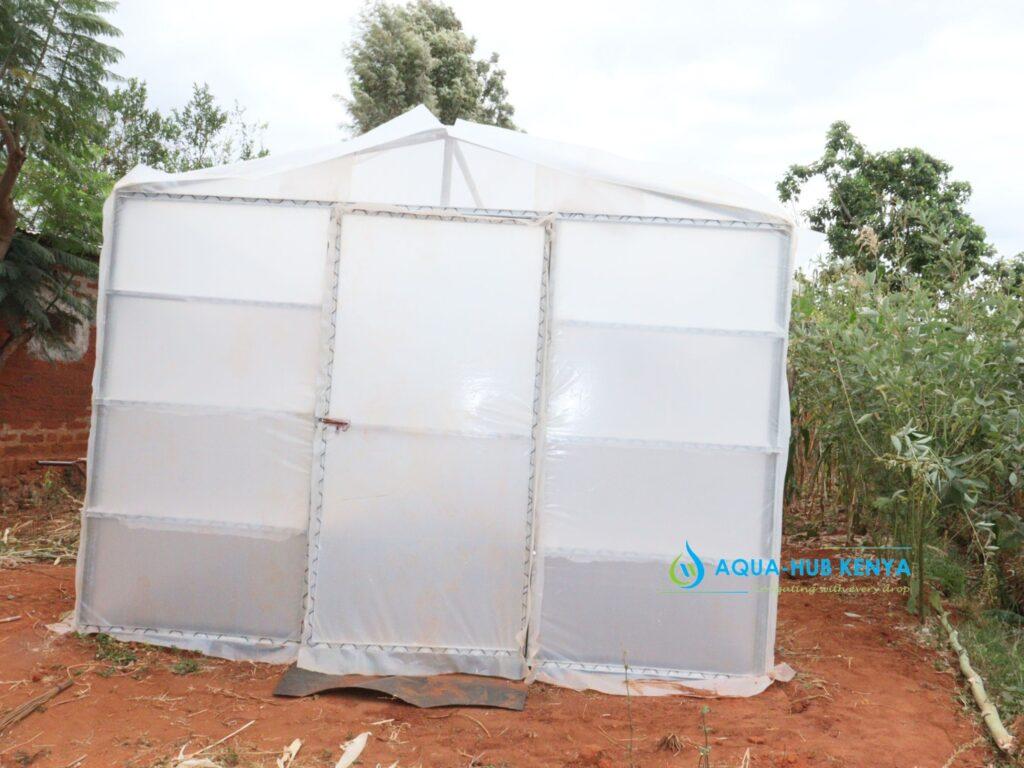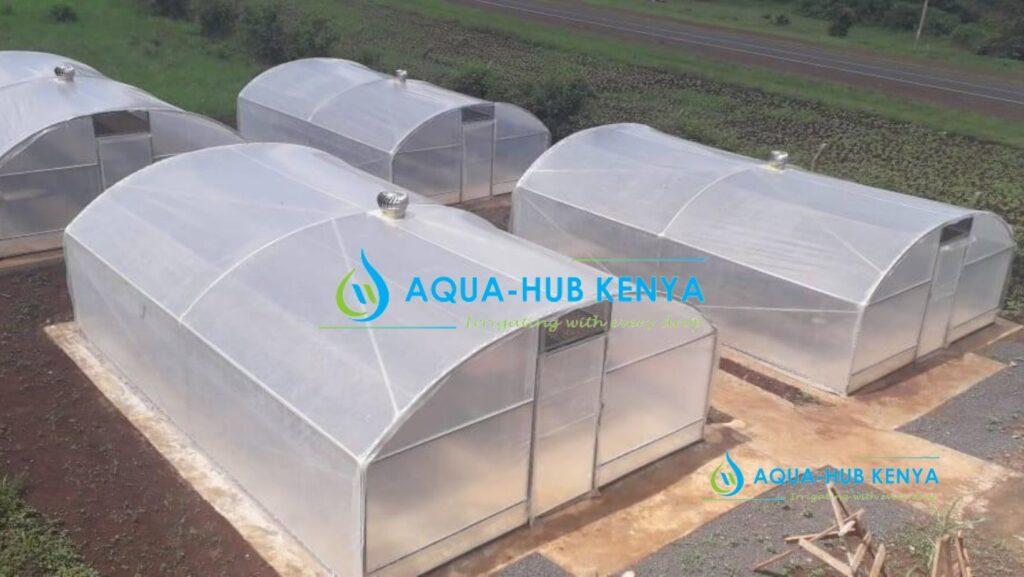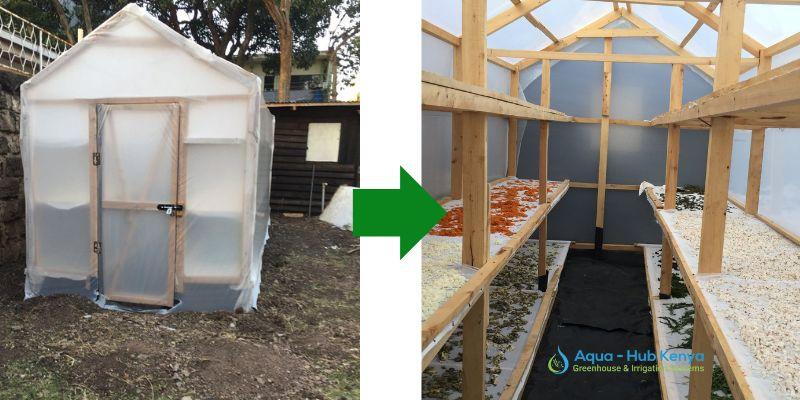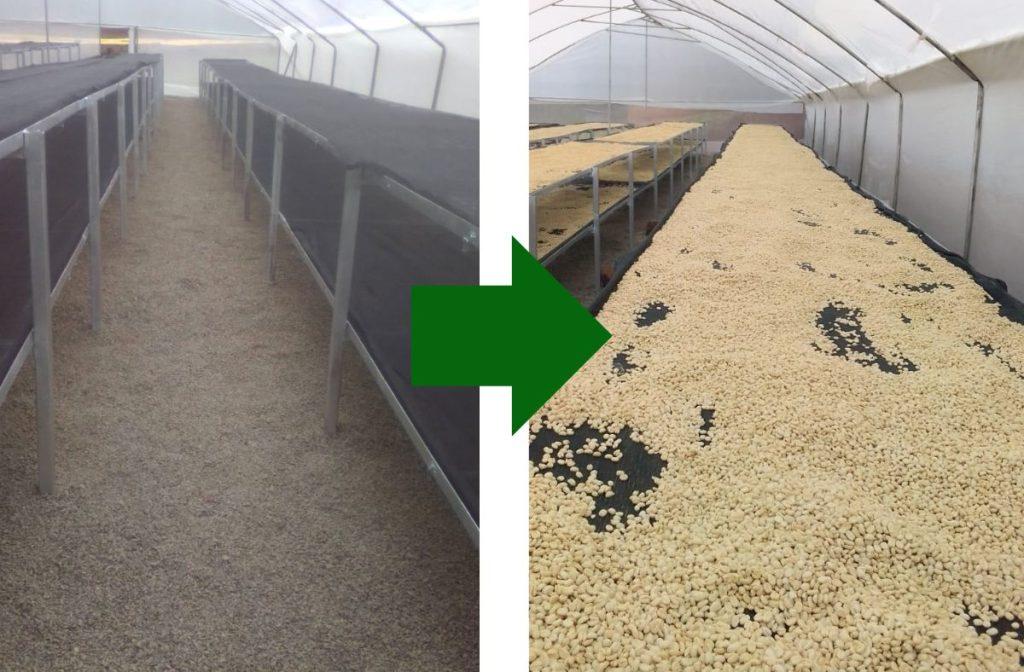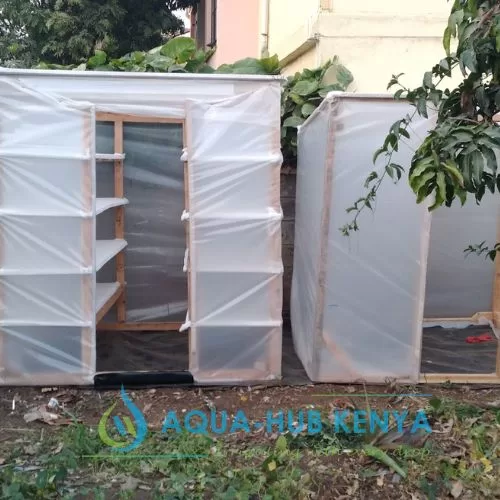What is a Hybrid Solar Dryer(HSR)?
Hybrid Solar Dryers in Kenya |A hybrid Solar dryer is a drying system that incorporates the use of solar energy with other sources of energy in drying food substances such as vegetable, fruits and grains. It is also known as solar biomass hybrid dryer because it can also use biomass.
Hybrid Solar Dryers by Aqua Hub Kenya
Aqua Hub Kenya constructs hybrid solar dryers to clients at affordable prices depending on the size of the solar dryer.
We fabricate solar dryers to suit the custom sizes of our farmers and assemble the necessary components to make up a quality hybrid dryer. Our experience in development of quality effective drying solutions makes us your trusted partner.
Why Hybrid Solar Dryers?
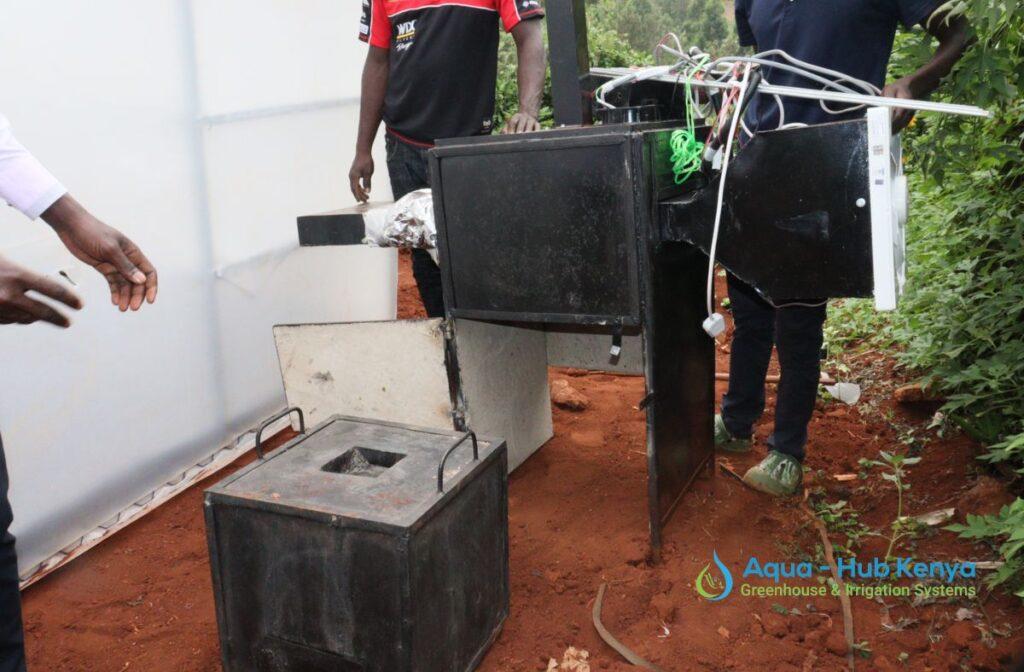
The role of a hybrid solar dryer is to optimize the drying process to enhance continouos operation of the dryer at all times. The ability of a dryer to function all through means that more food will dry. This ensures that less food goes to waste and less time is taken to dry food substances. A lot of resources, money and time is saved thus making it the best type of solar dryer to purchase.
Components of a Hybrid Solar Dryer
Solar dryers have various integrated components or equipment. The components include:
- drying chamber – The drying chamber is an enclosed vacuum where food drying takes place. Food substances for drying is placed in the chamber in stack or piles but with scattered manner.
- air entrance – An air entry space where dry air enters the solar dryer. The entrance allows for enough air to reach the drying chamber.
- fan – A fan directs air into the solar dryer It is placed at the air entrance. A fan is normally a light plastic or metal equipment which works by rotating hence diverting air into a hollow entrance.
- solar panel or heat absorbers – Solar panels capture and convert solar radiation into thermal energy which dries food in the drying chamber. Solar panels have radiators integrated to them to convert direct current of thermal energy into alternating current.
- heat exchangers – Heat exchange components are mainly good heat conductor materials such as copper, aluminium or galvanized iron metals. They absorb heat and transfers it to the drying chamber.
- Backup Heating Systems – Systems that supplement the solar energy. Backup systems provide energy for drying food during absence of solar energy. Such energy systems include fuel Led batteries, generators, electricity, Windmills and Biomass(solar biomass hybrid dryer). For Windmills and solar biomass hybrid dryer, the energy generating plant is established near the solar dryer and linked to it.
- Control and Monitoring sensors -A hybrid dryer may consist of control and monitoring systems to regulate temperature, humidity and airflow. Sensors allow for a precise control of drying conditions for efficient monitoring of solar dryers.
Choice of a Hybrid Solar Dryer
The size of a solar dryer to set up depends on the size or amount of produce, type of food, budget of the client and humidity of the location to use the solar dryer. Always consider a hybrid solar dryer with a good insulation material and a rate of drying that matches the type, size and level of your produce.
The higher the level of produce, the bigger the size of solar dryer to construct. Similarly, a bigger dryer means a higher budget will be and in turn a higher rate of drying.
Key Features of HSR (hybrid Solar Dryer)
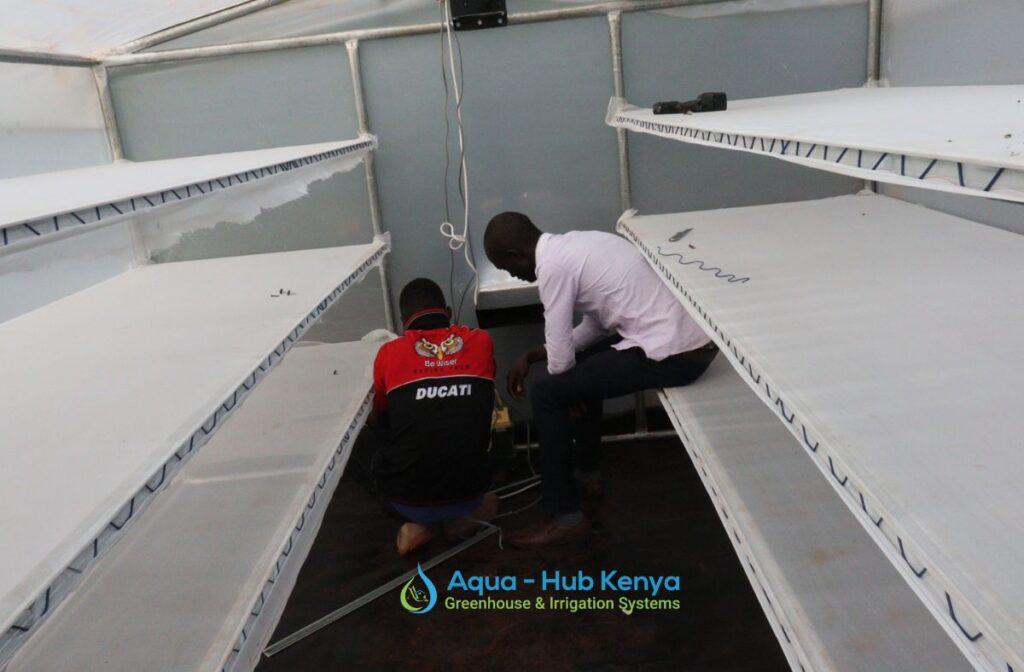
- Metal Boxes – The outer layer of a solar dryer is made of a metallic surface to enhance security of the food dryed. Metal materials also do not get damaged or melted by heat.
- Insulation material – The inner layer of the hybrid dryer consist of a poor heat conducting material mainly cement or clay lining. The cement being a poor heat conductor retains heat inside the dryer.
- Heat storage mechanism – The dryer has batteries that store excess solar energy tapped by the solar absorber for use in times of low solar energy.
- Portable structure – The equipment is portable to enhance easier migration or repair during future changes in plants or location of use.
- High drying Capacity – Has a big chamber that dries more food at a time compared to other solar dryers.
- Faster drying rate – Due to high efficiency, solar dryers have a higher rate of drying food.
Factors that Affect Drying Rate of Hybrid Solar dryers
- Amount of Heat or amount of energy captured by the solar absorber
- Size of the solar dryer
- Amount of moisture in food( type of food)
- Quantity of the food
- Intensity of the Solar radiation
How a Hybrid Solar Dryer Works
When the sun shines, solar panels absorb energy and converts it to a thermal energy which transferred to the heat exchange media.
A fan automatically directs air into the hybrid solar dryer by action of the wind or electricity.
The heat exchange metal absorbs heat from the solar panel and gets hot thereby losing heat to the air in the air path. The air gets heat and flows to the drying chamber and absorbs moisture from food.
Moisture in food evaporates and escapes outside the drying chamber in form of steam through the ventilation exit.
Benefits of Advanced/ Hybrid Drying
- Low cost of maintenance – They have metal protective and hard enclosing material hence less prone to damage.
- Requires renewable energy – Sunlight energy for running hybrid dryers is renewable. Does not get exhausted.
- Maximum drying capacity – The level of produce dried can be high.
- Faster drying rate – The time taken for dehydrating food is short.
- Easier cleaning and maintenance – Hybrid dryers are easier to clean and maintain
- Long lasting – Hybrid dryers can last for a long time when under proper maintenance.
Applications of Hybrid Solar Drying Mechanism
- Drying food in homes or farms.
- Food processing plants and factories to dry crops such as coffee pulp.
- Milk processing industries to manufacture milk powder
- Fruit drying and vegetable preservation in food warehouses or packing companies.
What are the Prices of Hybrid Solar Dryers In Kenya?
The Prices of Hybrid Solar dryers ranges from KES. 150,000 to KES. 1,000,000. What matters is size and drying capacity of the chamber.
Where to Purchase Solar Dryers in Kenya
When purchasing hybrid dryers, always go for certified Vendors such as Aqua Hub Kenya. Before proceeding to purchase an Hybrid solar dryer, always consult us for guidance and information about your produce and dryer needs.

